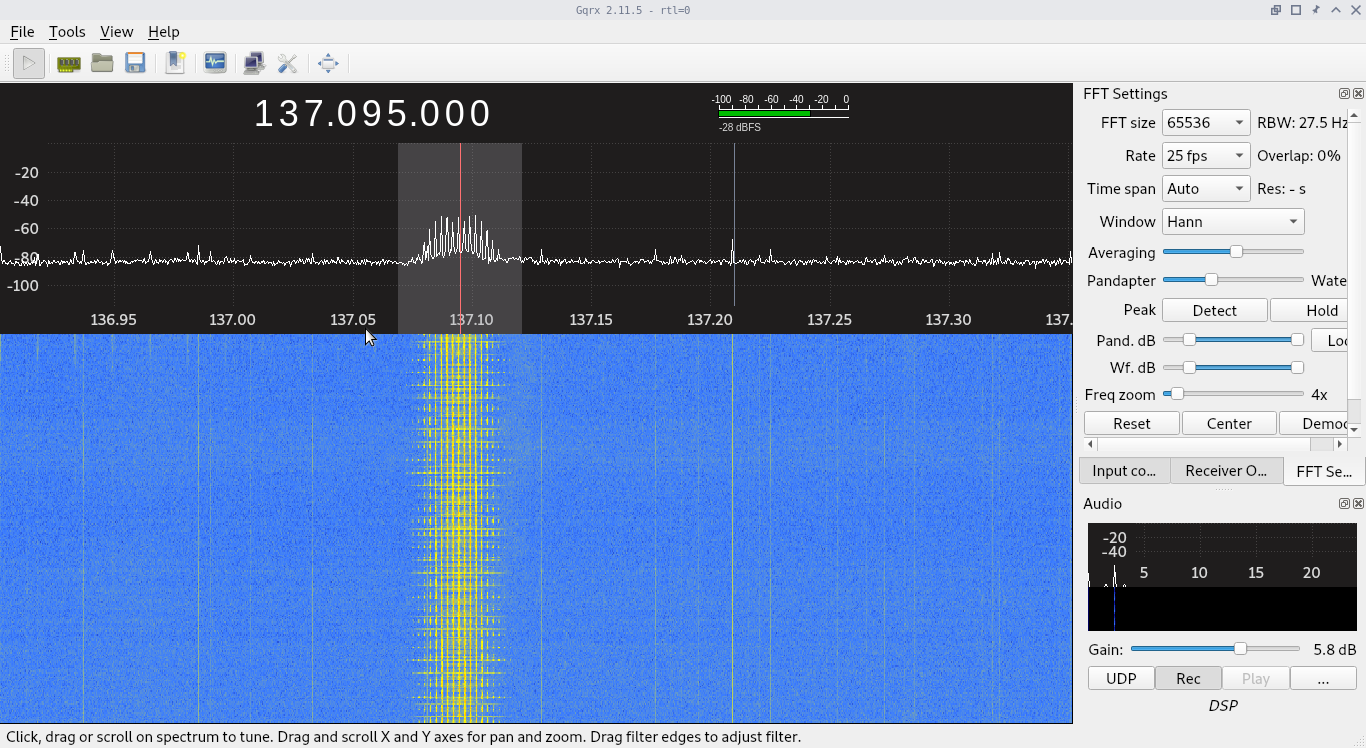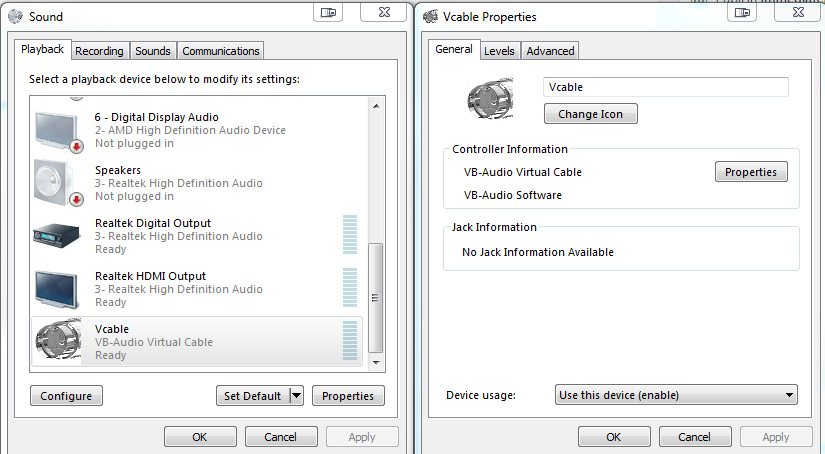

After you open, it will probably ask you to configure the GQRX. So now open GQRX to start the look up / capture of the Signal. Before moving to the next step, please have at least 10 minutes on the clock before the satellite passes. So just have attention when it will pass over your station. As I observed, these NOAA satellites usually passes on the _same location _once per week. The satellites have a orbit arround 1h30, but that doesn’t mean their orbit position are the same everytime it passes. So now, you just need to program yourself to be available when a satellite passes over your ground station.
WXTOIMG IMAGE SHIFTING UPDATE
You should Update your TLEs at least once per month.Īfter that, lets configure the satellites we want to visualize by clicking on the arrow and go to Configure. NASA keeps all TLEs up-to-date at space-track. So open GPredict and go to menu Edit => Update TLEs => From Network to update GPredict internal database of TLEs. The only three APT active Satellites are NOAA 15, 18 and 19. So the first thing we need to do is track our Satellites. GPredict should also be included in most major distributions. You can also use for decoding APT Signals the APT3000 webpage and my project OpenSatelliteProject. Most distributions include in their repositories the librtlsdr, some include gqrx (for ubuntu you can get the upstream from their website), and atp-dec none of them include (sadly, because it is a very nice application). atp-dec or APT3000 (web) or OpenSatelliteProject or WXtoIMG (not opensource).You can also use your favorite package manager inside your distribution.

For RedHat based, use yum instead of apt-get. The instructions for any Debian based distribution should be exact the same. So I will use Ubuntu 15.04 as an example here for receiving signals. The original antenna “works”, but I suggest to build a proper antenna. It is basically plug your RTL-SDR Dongle at USB Port and attach to your Antenna. So after you get all your hardware, and assemble it ( my QFH Antenna Article have some details about it ). Optional: LNA Amplifier, if your antenna is far from the computer ( 4m+ ).Quadrifiliar Helix Antenna or Double Crossed Dipole for 2m band (preferably in 137MHz center frequency and 75 Ohms ) Ī computer ( PC, LeMaker Guitar, Intel Edison ) RTL-SDR Dongle ( Amazon (USA) , Mercado Livre (Brazil), Dealextreme (International) ) For the Intel Edison all you can do is open a rtl_tcp spectrum server as my sdr edison article explains, and receive the spectrum in any other machine (including LeMaker Guitar). For my Laptop and LeMaker guitar you can use only them to do the stuff, because they both have graphical interface for the GQRX. I’ve already tested my i7 Skylake Laptop, a Intel Edison and LeMaker Guitar for these uses. So the first thing you need to do is to get all needed hardware to start playing. So here it is! For this article I’m using Ubuntu 15.04, but actually any distro will work well (I think most of them have the needed packages)

WXTOIMG IMAGE SHIFTING HOW TO
So you all saw my last posts but I actually didn’t explained how to capture and decode APT Signals using your computer (in this case, with Linux).


 0 kommentar(er)
0 kommentar(er)
